I would like some help with identifying the history of my Tanto and generally as much information as possible about it including translation of writing on both blades and wooden part of the handle, any help would be greatly appreciated. Thanks |
|||||||||||||||||||||
 |
Nihonto ClubJapanese Sword Information Exchange |
User login |
|
|
Disclaimer: Nihontō Club owners and independent contributors will not be held responsible for any loss, damage or inconvenience caused as a result of any inaccuracy or error within this website. Except where otherwise noted, this page is licensed under a Creative Commons License.
|
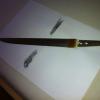
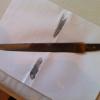
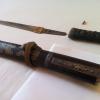

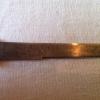
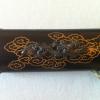



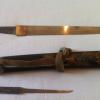
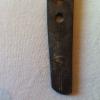
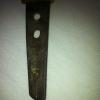
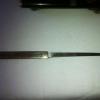

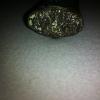
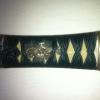
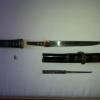

Hi James, The signature on
Hi James,
The signature on the sword reads:
See the list of smith records here. You can read more about Jumyo here.
Regards,
Stan
Thanks to Stan for a quick
Thanks to Stan for a quick translation!
So i have looked into Jumyo and it really is as clear as mud for me so far, great that it was could have been forged in Mino and could be dated back as far as 1288!
I am guessing you now recommend taking it to a specialist to have it examined? I am not sure what else i can do from my pc. I can see a big significance to the second part of signature but the first seems too different? Although you are the expert and i do not wish to tell you your job. Could anyone shed anymore light onto any of the other markings? Or maybe the patterns or markings on the sheath or handle and there looks to be some nice material used too, is it possible there is gold detailing on the handle?
Appreciate all the help
Jumyo
Hi James,
And by the second part of the signature do you mean the one on the small blade? It typically has no relationship to the smith, as well as any other part of the mounting. I don't usually even attempt to translate these, as writings on kozuka blades are often too worn out.
It's hard to make any judgement about the age of this sword based on photographs (and the blade being out of polish). Your Jumyo is from Mino, late 1600s - early 1700s. Apart from some high quality examples from the more distant past, the name of Jumyo school is usually associated with low to medium grade swords, lots of them (I own a tanto as well). With no disrespect, I think this blade is one of them. You can be assured though, it's old and it's authentic. Yes it would be beneficial for some specialist to look at it in person, because photos are never precise enough. If you would like to find out which generation of Jumyo made this sword, I'd recommend to look at as many other example of Jumyo works as you can (there are plenty for sale/reference in the internet) and search for similarities.
Regards,
Stan
Jumyo
Hi Stan
Would like to say thank you very much for the information you have provided on my photos alone. I will do more research on the matter. After only just started research in this field, the whole world of Samurai history, weapons and artifacts has got my attention and i think it will for some time.
Until next time, thanks again.
James
James, You are always
James,
You are always welcome.
My advice for you would be to start looking at blades which are considered 'good' by others, especially by experienced collectors/traders. Go to http://www.aoijapan.com/ every day and check out the newly available blades. Try to grasp why one blade is much more expensive than another. And get books, starting from the most basic ones.
Regards,
Stan